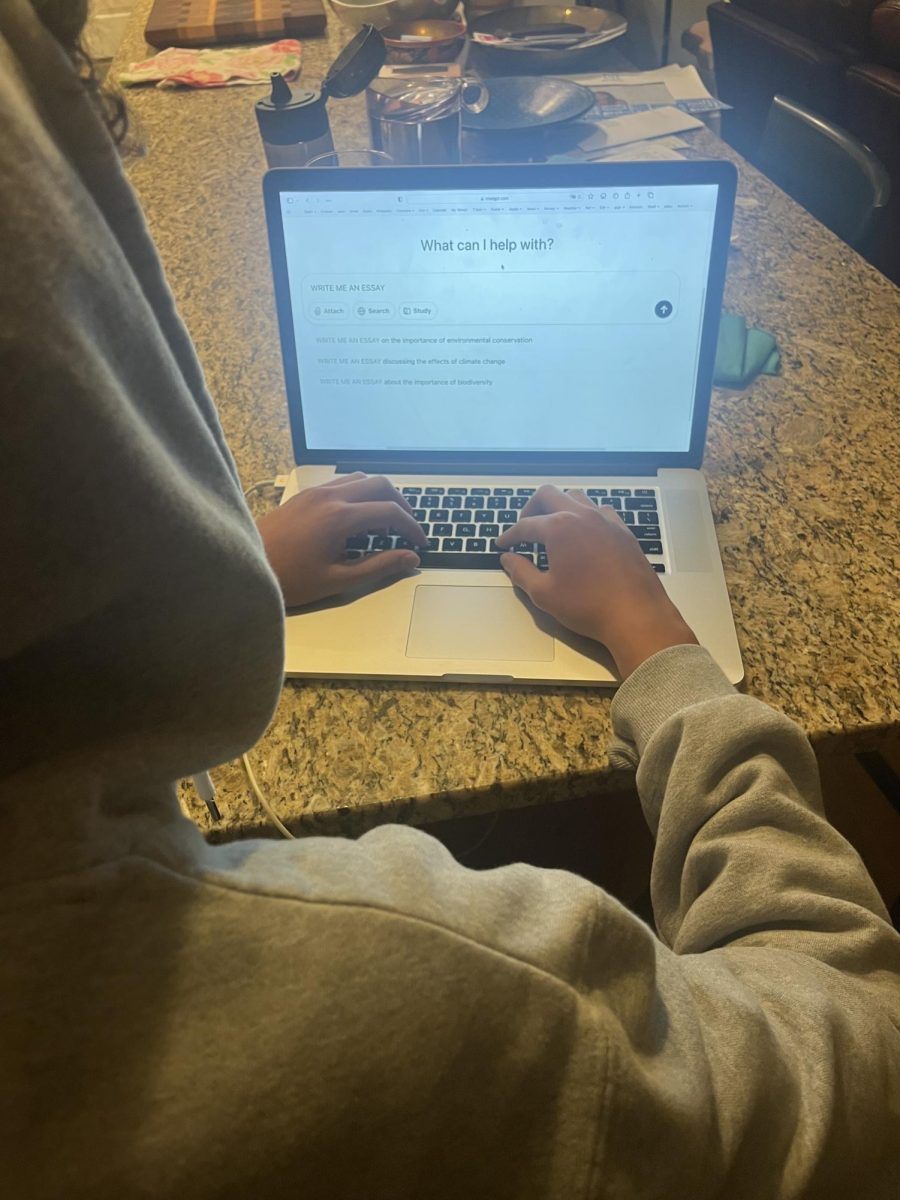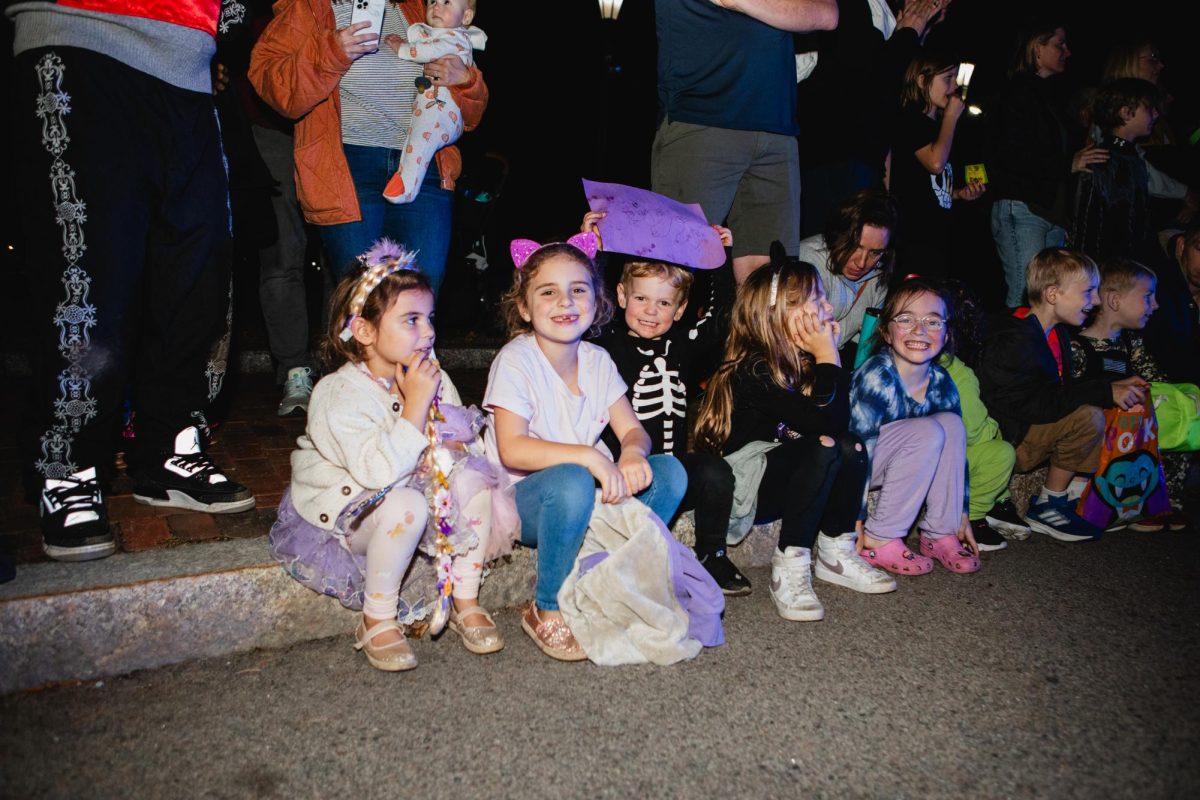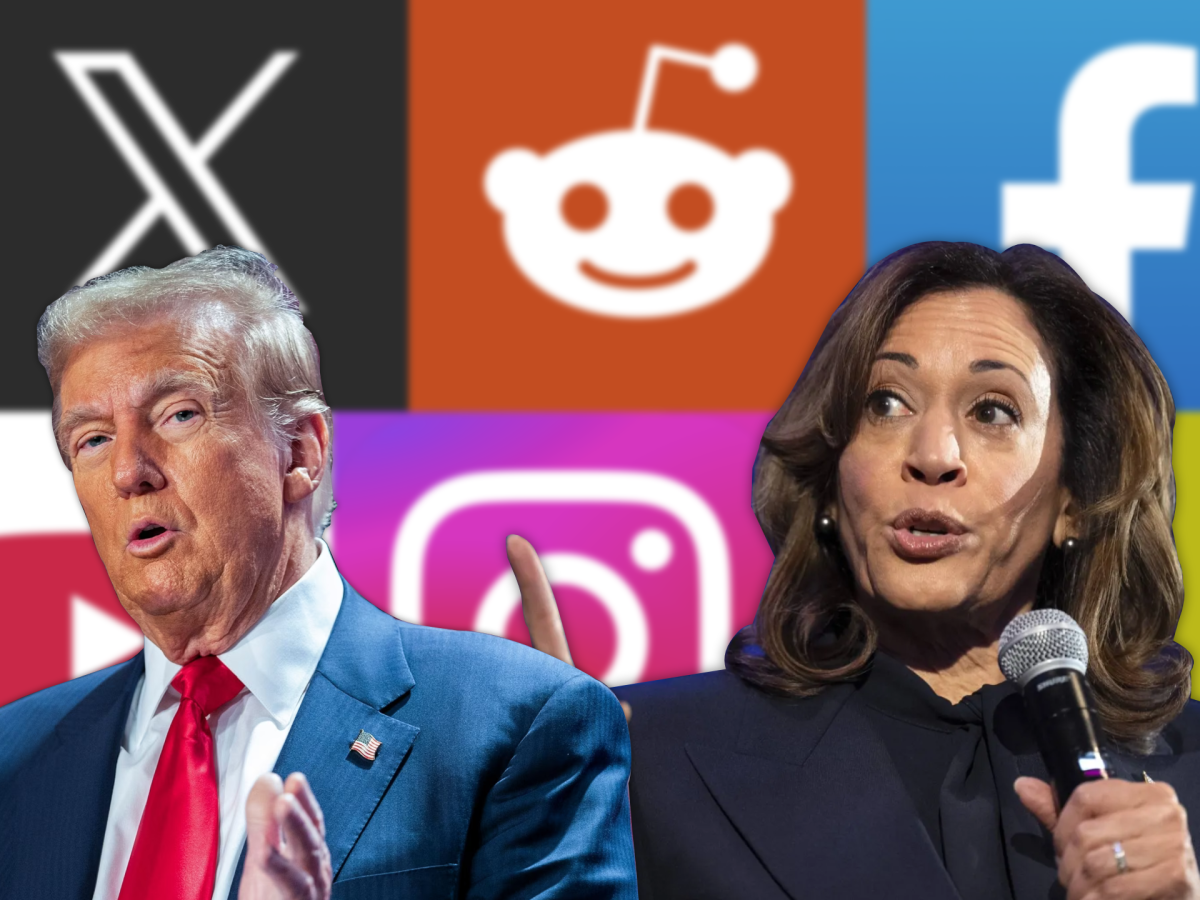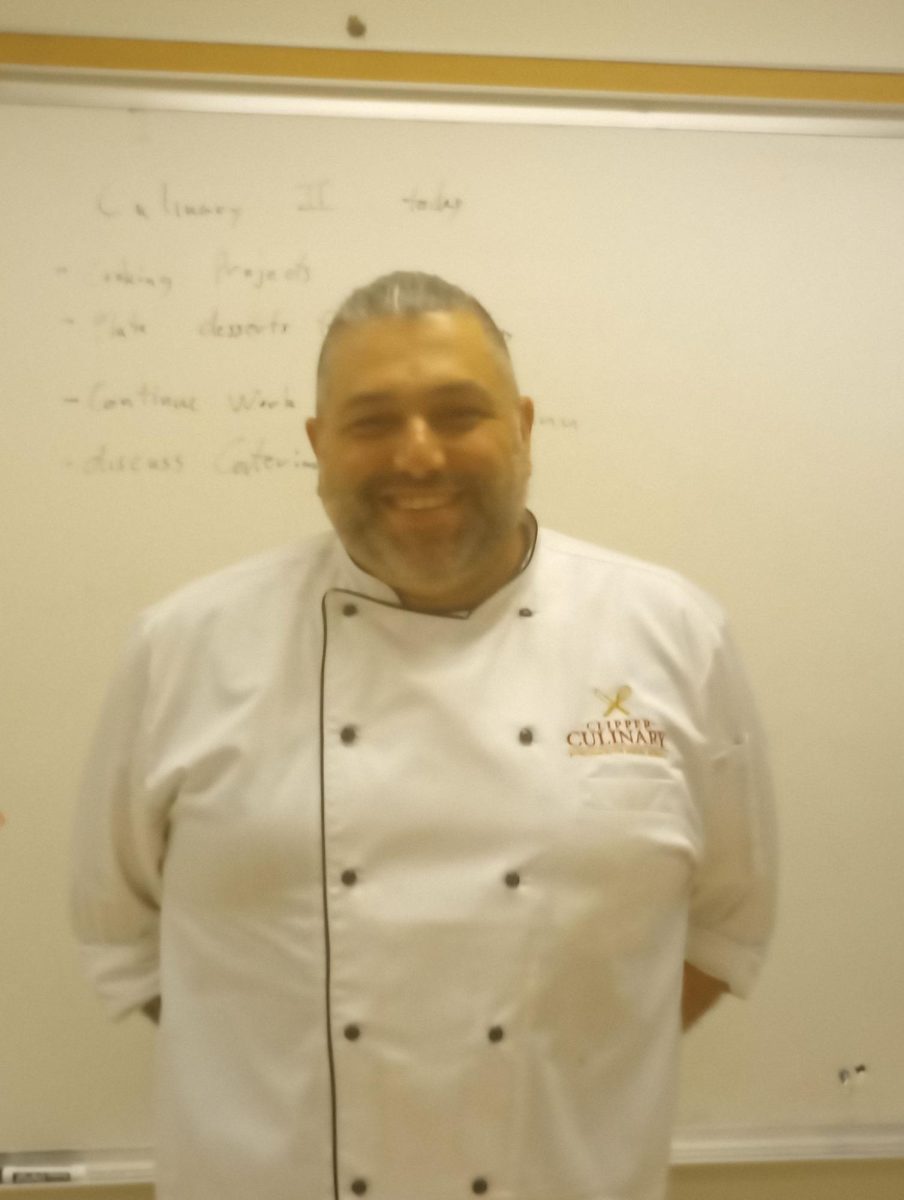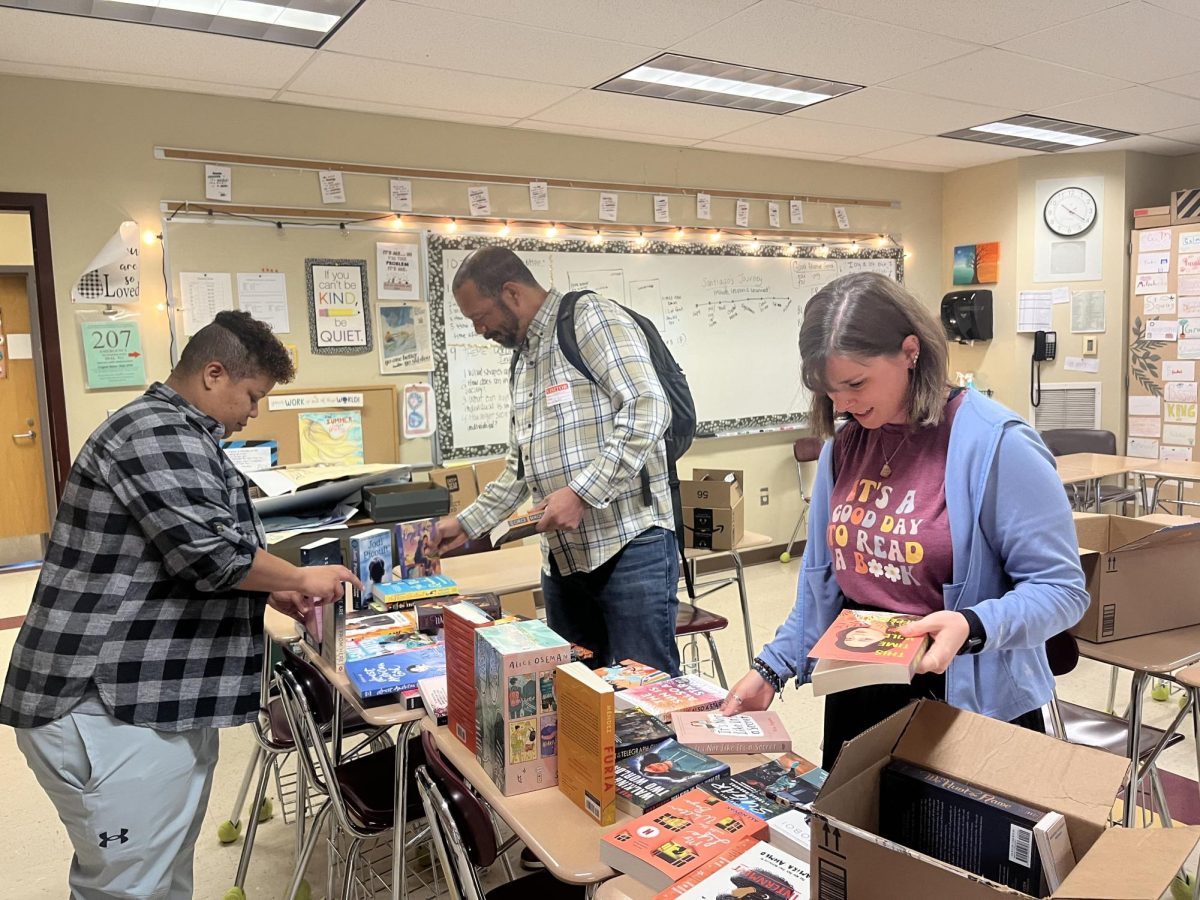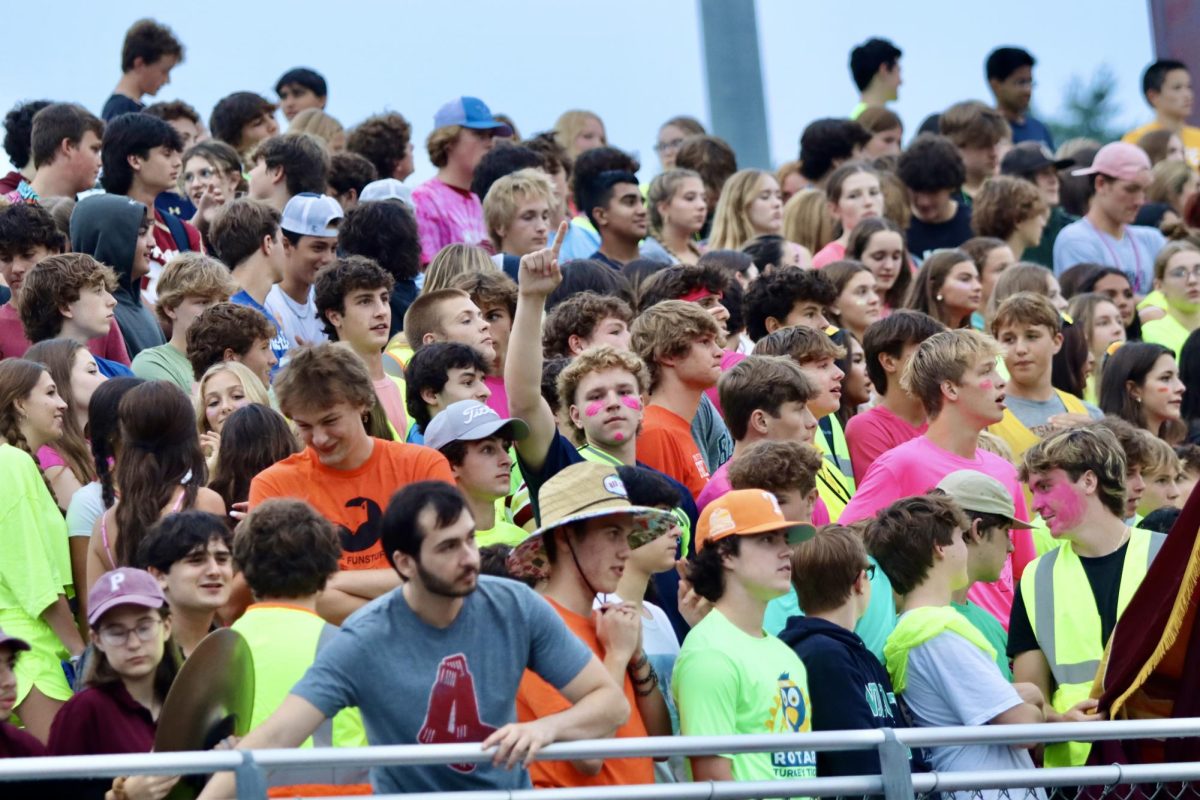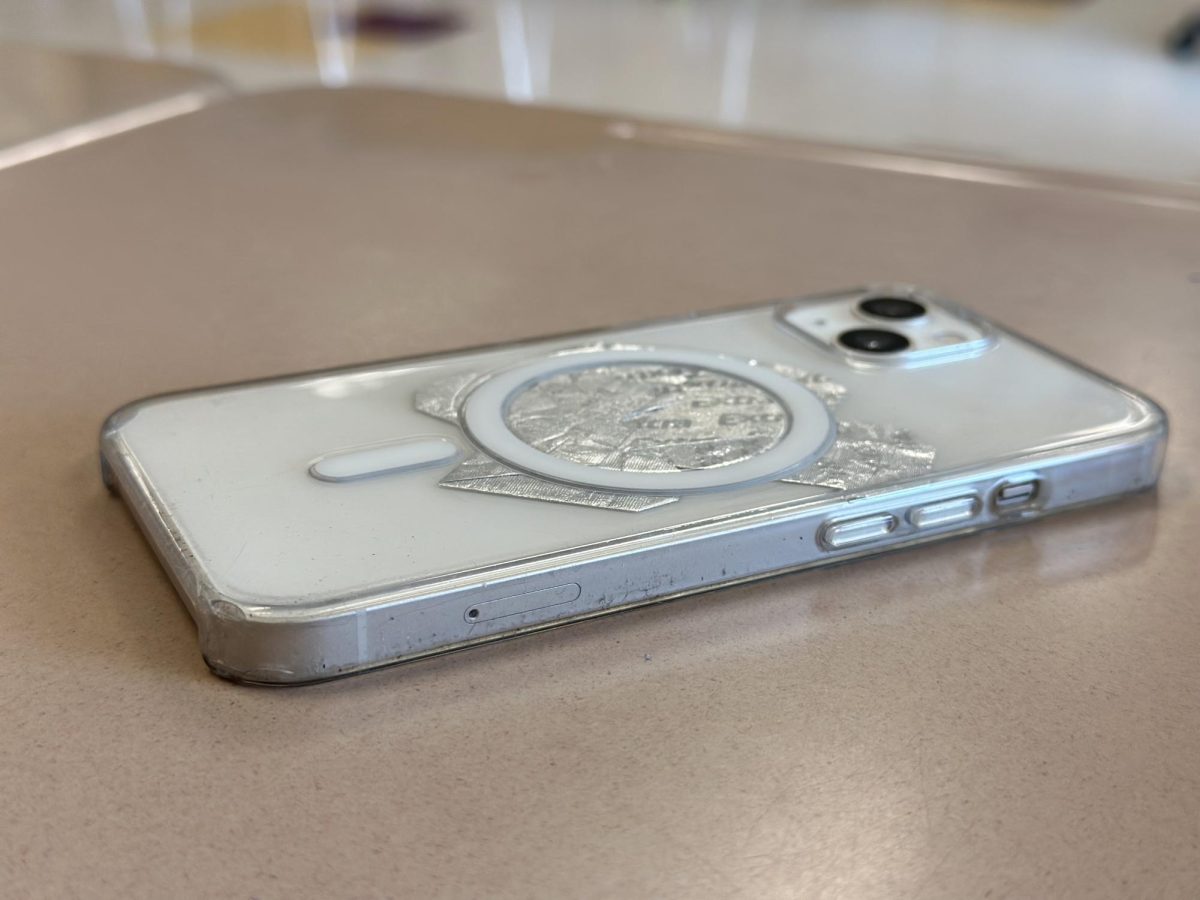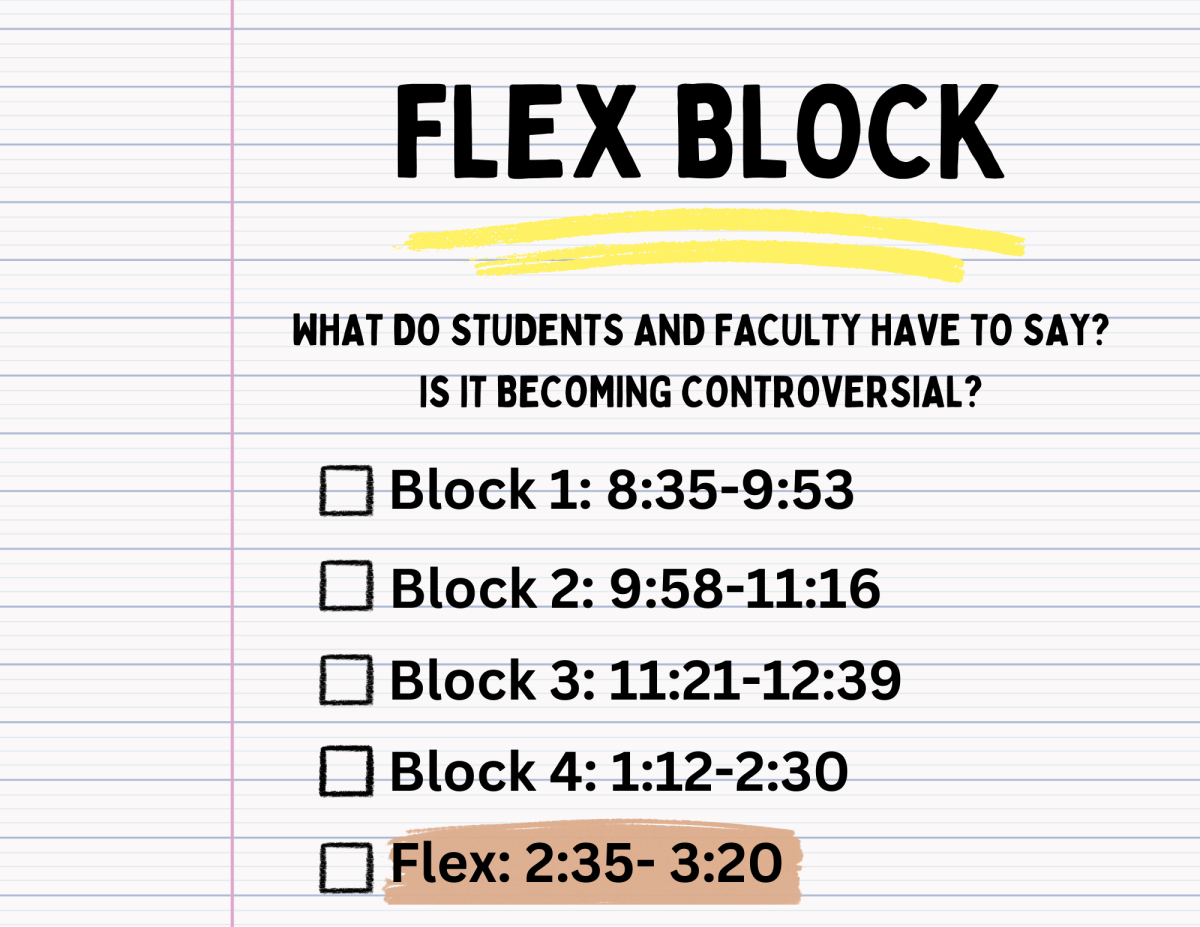What happens when artificial intelligence (AI) becomes a regular presence in the classroom?
According to New Hampshire Public Radio (NHPR), New Hampshire groups have produced 77 pages for guidelines on using AI in school. Schools, teachers and students across the world are navigating a new reality where technology can positively and negatively affect learning.
Over the past few years, AI tools such as ChatGPT and Grammarly+ have gained huge popularity among students. These programs have the ability to write essays, analyze reading, and explain math problems with ease and in seconds. For many students, this can be used as a tool to minimize confusion. For others, they can give in to the temptation and risk depending on AI and creating educational challenges.
Youngstown State University reports 54% of students use ChatGPT for research, 29% for solving math problems and 18% for writing essays.
“AI can be used as a helpful tool,” says Evelyn Avery, a sophomore at Portsmouth High School. “It benefits students because it provides sources of information to use for assignments. It can also hinder students, though, by making it too easy to cheat on work and not learn anything.”
According to the PHS student handbook, PHS has an acceptable use/responsible computer, network and internet use policy. This sets expectations for a safe, legal and responsible use of technology and resources in school.
Ethan Jean, an Algebra I teacher at PHS, agrees that “AI is a double-edged sword,” and “if you are using it in a way to learn, then that is one thing. The kids who approach learning in a certain way will use AI in a way to actually learn what’s going on.”
Some teachers are concerned that students are using AI not as a tool, but as a shortcut to get work done easily. The quick development of AI generated essays have made it more difficult for teachers to assess whether students used AI or not. Others worry that students who skip the learning process are missing out on important thinking skills that can’t be replaced by technology.
Joseph Kraus, an English teacher at PHS, understands that to some English “is difficult, and tech is all about making things easier.”
“You need to really try, despite AI kind of enabling people to cut corners,” said Kraus.
Kraus understands that it is difficult to fight AI. However, he thinks it is imperative that kids are educated about how to use AI effectively, not to cut corners and make things easier, but to use it as a tool to benefit students’ education.
Beyond just concerns about cheating, AI use is also raising questions about creativity and critical thinking skills deteriorating. Jean explains that the new math curriculum being used, Illustrative Math, requires critical thinking and applying previous knowledge. He says that with questions on the test, you need to sit with the problem and really concentrate in order to understand it.
According to a Smart Learning Environments article, when students turn to AI for instant answers, that process of struggling and reasoning through a problem is getting lost. Students becoming reliant on technology to think for them instead of building problem solving skills can weaken the skills that the new curriculum is aimed for.
Despite the challenges, some schools are exploring ways to incorporate AI into their lessons and programs in a way to benefit students’ learning. According to Youngstown State University, 60% of U.S. public school teachers use AI tools during the 2024-2025 school year and AI detection tools used in education have jumped from 38% to 68% in one year.
“Societally, we face an uphill battle,” said Jean, noting that while AI can be a helpful tool, it also risks creating a generation of learners who depend more on technology than their own reasoning skills.


